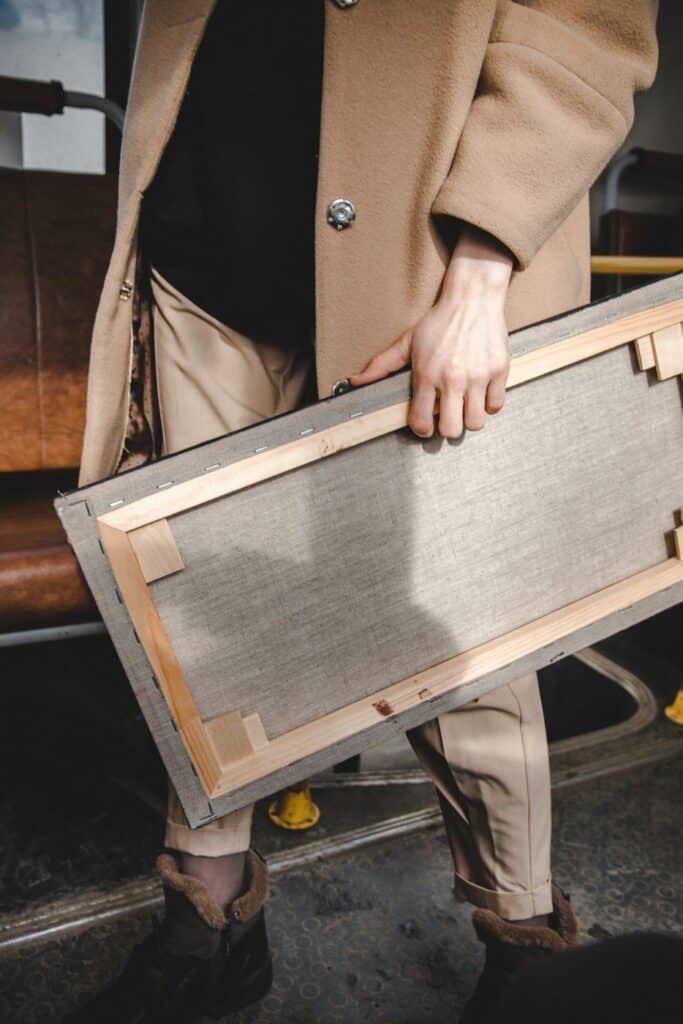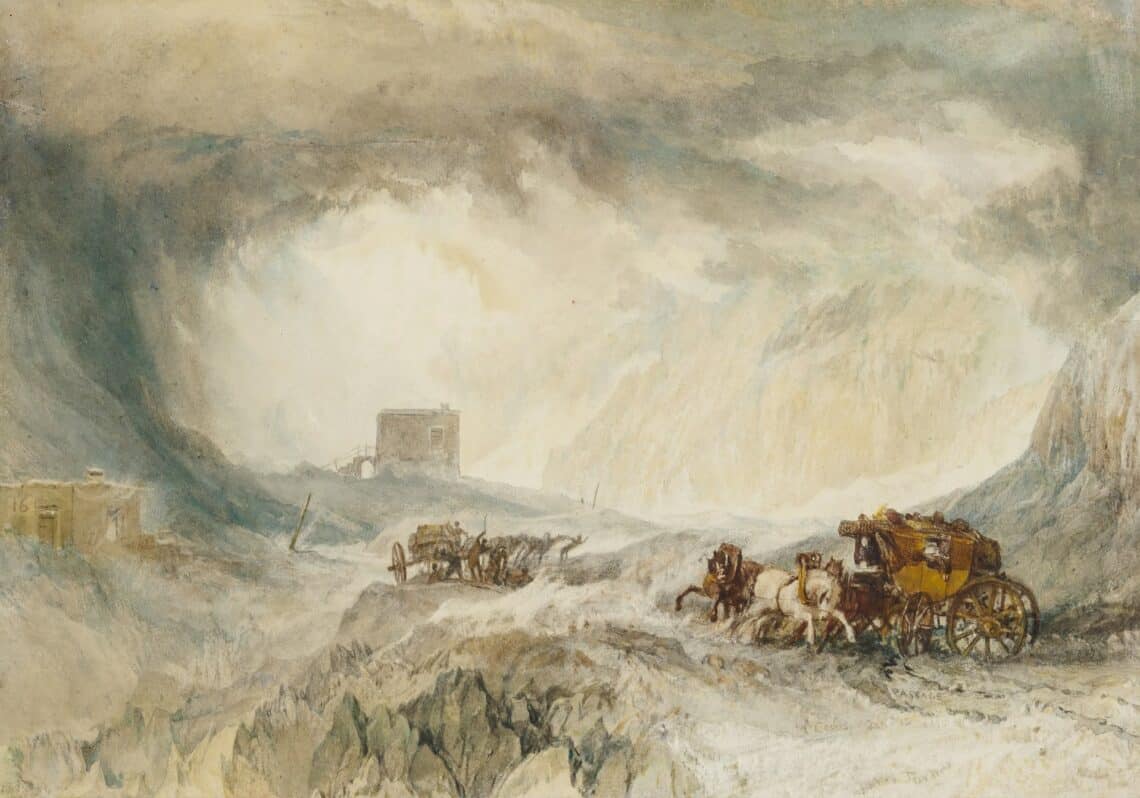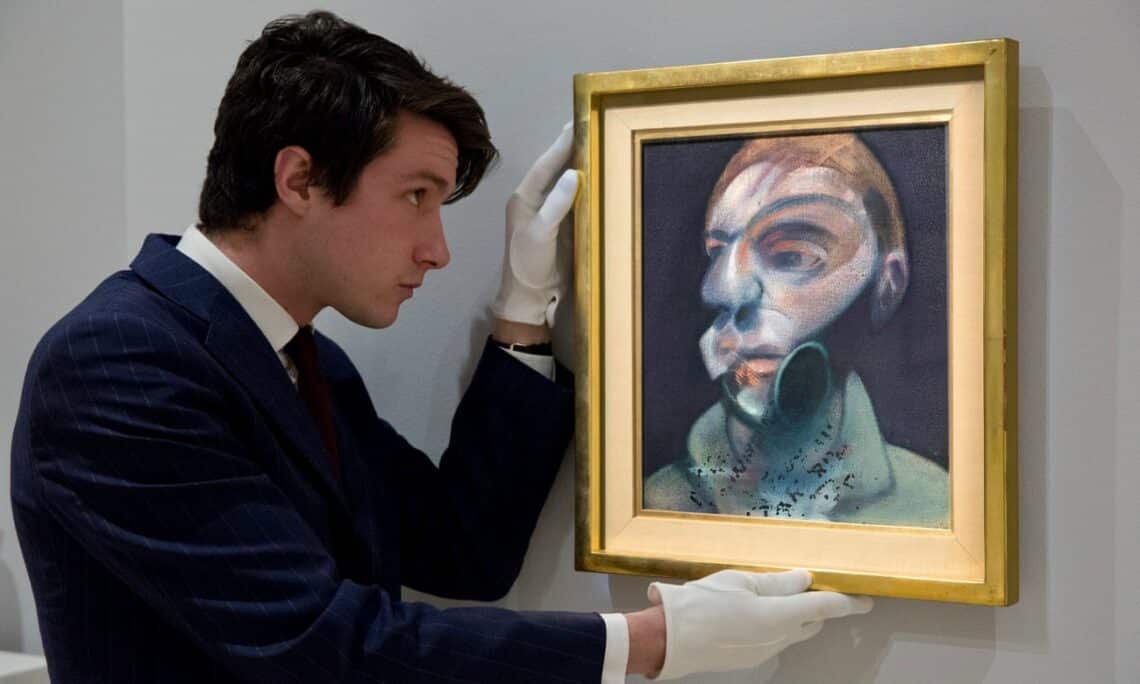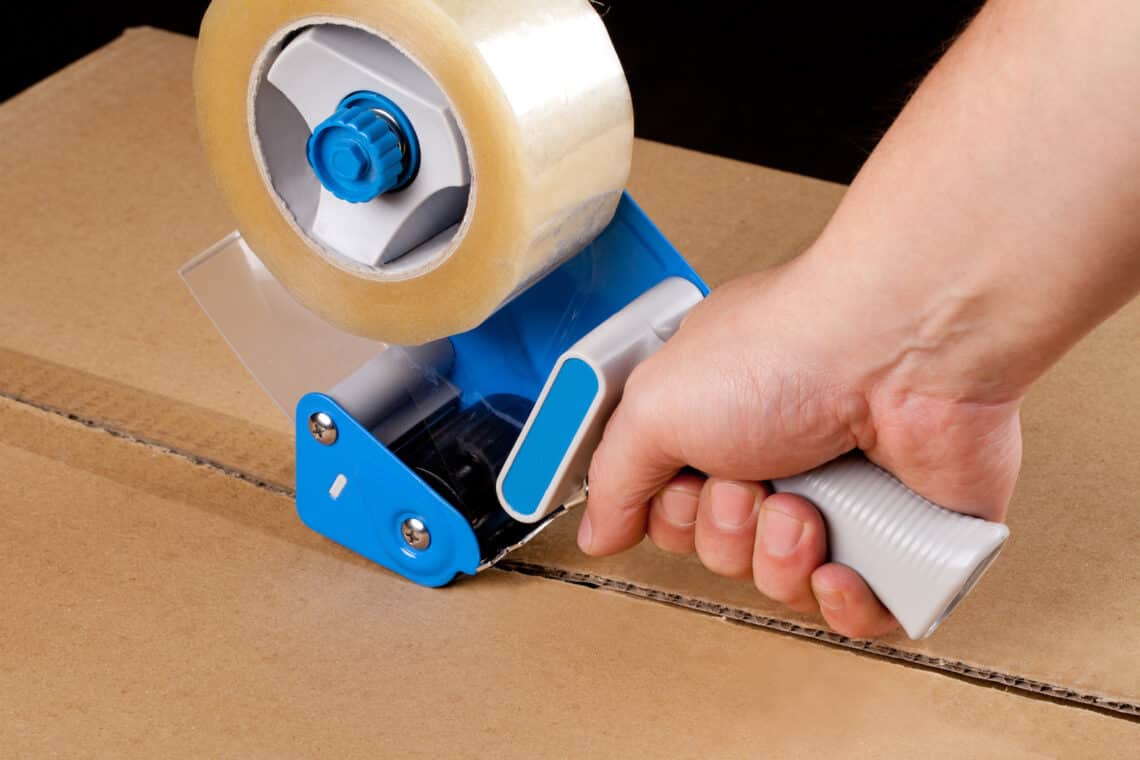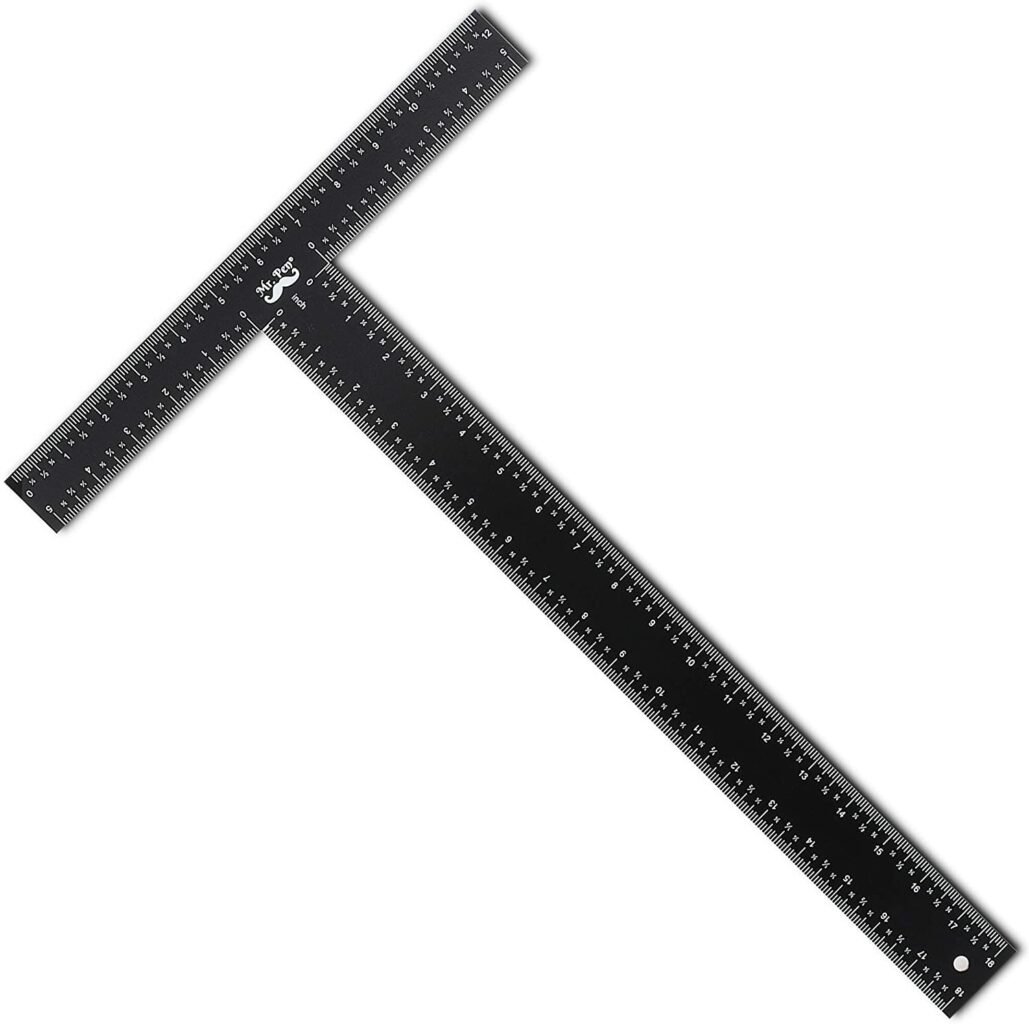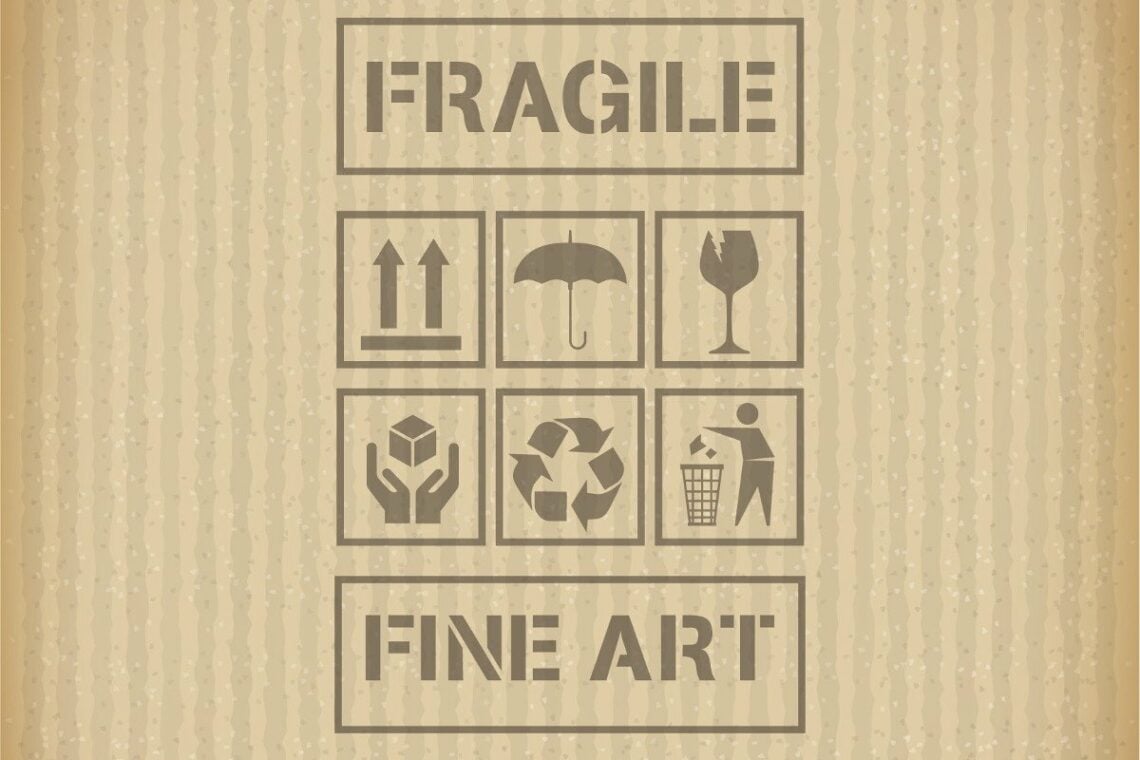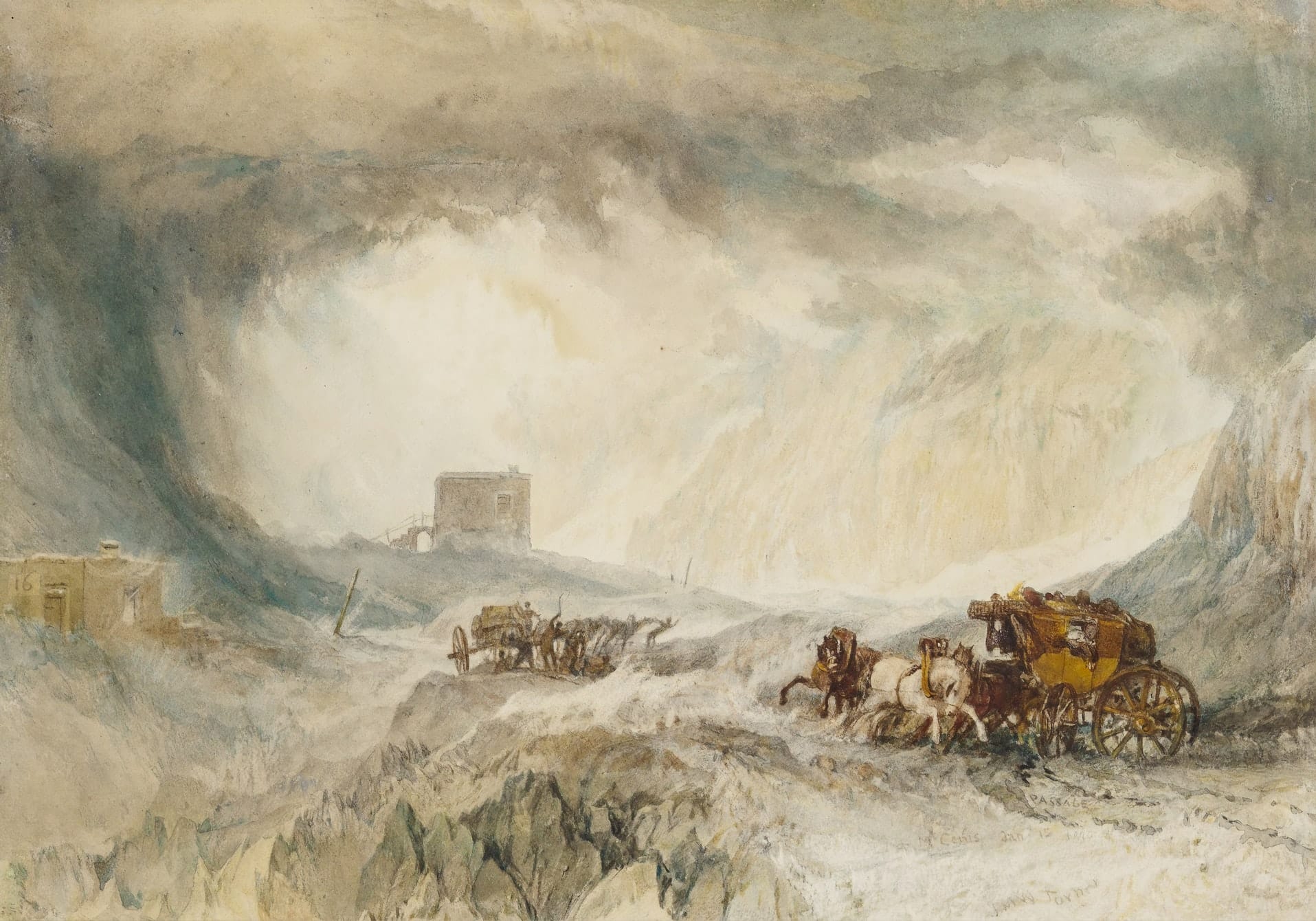Owning exquisite artwork is a matter of pride. However, you need to take immense care when transporting it to avoid damage.
One of the worst things to happen to an art lover or art collector is discovering that their magnificent artwork has been damaged during transportation. If you are thinking about moving some artwork around and are wondering how to do it without causing damage, you’ve come to the right place.
In this guide, we will tell you everything you need to know about safe art transportation. Never again do you have to worry about damaged or compromised art during a moving process.
So, without further delay, let’s dive right into it!
All About Safe Art Transportation

When it comes to transporting art from one place to another, there are several crucial factors to keep in mind. Art connoisseurs are already aware of the fact that even the most minor scratch, tear, crack, or damage can exponentially decrease the value of an art piece.
It is imperative to take certain steps and precautions when transporting art. Well, the good thing is that shipping art follows certain standard procedures to ensure its safety. However, before we dive into the correct procedure of transporting art, let us talk about a few things you need to be mindful of.
Consider The Safety Aspect

No matter how well-preserved a piece of artwork is, even slight damage can lead to its value decreasing massively, as we’ve already mentioned. That’s why, when transporting art, one of your first concerns should be its safety.
There can be nothing worse than shipping an exquisite painting, sculpture, or any other art piece, only to open up the packaging and realize that it has been damaged during transit. To ensure its safety, you need to plan its packing and shipping process carefully.
Here are some of the essential tools you will require when transporting art:

-
A Knife Or Box Cutter
First and foremost, you will need a heavy-duty, high-quality box cutter. This essential tool will come in handy during several steps of the art transportation process. It is best to opt for a high-quality box cutter or knife that comes with multiple blade attachments. Alternatively, you can opt for multiple box cutters of different sizes and blades for various jobs.
It is imperative to ensure that the blade of your box cutter is sharp, sturdy, and durable. A dull blade will not only make the job more challenging, but it can also damage the box in the process.
Furthermore, we recommend keeping a stock of knife blades and replacing them after a couple of uses, so you always have a sharp, new blade to work with. That said, ensure that you wear proper safety gloves and gear to protect yourself while cutting.
Accidents with box cutters, especially during hurried jobs, are very common. So, always put on safety gear before dealing with sharp tools like a box cutter.
-
Box Sizer
The next important tool you will require is a box sizer. Fortunately, this handy tool is easily available in most local hardware shops or online markets. This adjustable device helps you create perfect, even scores on a cardboard box for reference. You can then use these scores to fold cardboard boxes, create smaller boxes, or modify existing ones.
-
Cardboard Boxes
Of course, you cannot think about transporting art without good-quality cardboard boxes. While you may find several options on the market, it is best to opt for high-quality, durable cardboard boxes to keep your artwork safe during transit.
Moreover, ensure that you purchase these cardboard boxes in bulk, as you may require multiple ones for safe transportation. You can use the box cutter and box sizer to make exact measurements to fit your artwork perfectly into it.
-
T-Square
A T-Square is an essential tool that will help you make precise cuts when modifying boxes. This tool is commonly used by builders but is an indispensable requirement when transporting art. You will find it readily available at most local hardware stores or online.
-
Tape Gun
Another essential device required during the art transportation process is a tape gun. Now, you may come across several kinds of tape guns on the market. However, when purchasing the right one for safe art transportation, ensure that the tape quality is good so that the cardboard boxes do not fall apart during the transportation process.
One of the biggest mistakes people make when purchasing tape guns is to opt for cheap, low-quality tape that seems like an economical purchase. But keep in mind that this can actually end up doing more harm than good.
-
Palette Wrap And Tape
A palette wrap and tape help give your cardboard box an added layer of protection during the transportation process. Again, many people make the mistake of purchasing low-quality wraps that inevitably tear or come apart during the transportation process.
Ensure that you purchase a high-quality wrap and get the cardboard box professionally wrapped, if required, to ensure optimal safety.
-
Bubble Wrap
Although you may not be aware of it, bubble wrap is an extremely vital requirement for safe art transportation. Bubble wrap not only protects and cushions your expensive artwork but also fills up space within the cardboard box. This prevents unnecessary movement that can otherwise damage your artwork during transit.
-
Packing Tape
Now, packing tape is something that most people don’t pay much attention to. You may end up purchasing low-quality packing tape that is economical in the short run but can cost you dearly in the long run.
One of the worst mistakes that you can make is to compromise on the quality of packing tape. As such, consider packing tape to be one of the most vital components of a safe art transportation process. Ensure that you purchase high-quality tape that will not tear or come off during transit.
How To Safely Transport Art
Now that you have the essential supplies at hand, we can begin talking about the transportation process. While you can choose to pack and ship the art pieces yourself, we recommend opting for professional services. This is primarily because professionals are better equipped to handle the procedure while following all the safety standards.
That said, here are the steps that ideally should be followed during the art transportation process.
Step 1 – Measure Your Artwork

Before you begin setting up the tools and starting the packing process, it is essential to measure your artwork carefully. Doing this will help you create the perfect-sized boxes to pack the artwork in, ensuring that there is minimal movement, and thus, damage, during the transportation process.
You can begin by determining the size of the outer cardboard box that you will use. Ideally, the outer box should be around 2 inches larger than the art piece to ensure that it fits adequately and does not suffer damage.
Ensure that you read the damage and packaging policy of the shipping company you opt for. If you avoid doing this, it is possible that you may wrongly pack the artwork and may have to pay for damages subsequently.
Step 2 – Check The Dimensional Weight

Unfortunately, relying merely on the weight of your package is not enough to determine the cost of transporting the art piece. You also need to consider the dimensional weight policy set by the shipping company. This policy differs from company to company, so ensure that you go through the documents thoroughly to calculate the accurate cost.
Now, depending on whether the dimensional weight or the actual weight of the packaging is greater, the shipping company will determine the final cost.
That said, calculating the dimensional weight of your package can be somewhat complicated. A good shipping company will provide all the information required on its website so you can calculate the dimensional weight on your own. However, if you face any challenges with this, it is best to contact the shipping company or take professional help.
Step 3 – Find Out The Size Restrictions

It is important to be aware of the size restrictions imposed by various companies like FedEx, UPS, and US Postal. Each company has its own size and weight restrictions, and it is to your best benefit to be aware of them. In case you exceed the size restrictions imposed by the carrier, you may incur additional charges.
However, the additional charges can ring up to a substantial amount, which many people may not be willing to pay. In this case, you may want to explore some other carrier with more flexible size restrictions.
Keep in mind that the size of your package will ultimately depend on the size of the actual artwork. While the additional charges may seem like a lot to pay for, it is always best to be safe and opt for a quality company that will transport your art piece safely without damage.
Step 4 – Pack It Properly Using A Palette Wrap

As we mentioned earlier, one of the essential supplies you will require for an art transportation process is palette wrap. This essentially protects your artwork from scratches, tears, scuffs, and other kinds of damage.
The process of wrapping an art piece in palette wrap is straightforward and relatively effortless. The primary thing to remember is that you should wrap the artwork tightly, applying steady, even pressure throughout the process. This will prevent the wrap from becoming tangled or bunched up.
Furthermore, ensure that you start at the back of the art piece and use the wrap multiple times to cover the entire piece. It is also a good idea to cut small slits at the back of the plastic wrap to allow the painting to breathe.
Step 5 – Add Cardboard Padding
Once you have carefully wrapped your artwork with palette wrap, it is time to add a sturdier layer of protection. Add cardboard padding between the outer cardboard box and the painting to create a buffer zone between the two. This will save the artwork from accidental damage, scratches, or getting pierced.
In fact, you may come across several shipping companies that insist that you add two layers of protection – the outer and inner cardboard boxes.
Step 6 – Wrap It In Bubble Wrap

Now, the final layer of protection will be adding bubble wrap to your packaging. Ensure that you wrap it around the artwork securely, so it doesn’t bunch up or come off during the transit process.
It might be a good idea to add two layers of bubble wrap for extra protection.
Step 7 – Placing It In The Outer Box

For the final step, you need to place the wrapped-up artwork into an outer cardboard box carefully. This step must be done carefully while ensuring that there isn’t any space between the art piece and the outer box.
A common mistake that most amateurs make is to leave a small gap, which facilitates movement inside the box. This, in turn, can cause scratches or other kinds of damage to the expensive artwork.
Now, you can choose to use a T-square and a box cutter to modify an existing cardboard box. Alternatively, you can fill the spaces in the box with bubble wrap to prevent movement.
Step 8 – Taping It Down Carefully

Now comes one of the crucial steps of the packing process – taping the outer cardboard box. The secret to creating a secure fit and ensuring that your cardboard box doesn’t open or tear is to create the right amount of tension.
It is imperative to use high-quality packing tape. Using anything else might cause the tape to eventually tear off, thus, putting the art piece at risk of damage. Ensure that you create just enough tension to secure the tape tightly to the cardboard box. Taping it loosely can cause it to slide off during transit.
Step 9 – Choosing The Best Shipping Company
Once you are done carefully packing our artwork, it is time to choose the best shipping company. You will come across several options on the market. However, when opting for the right one for your requirements, ensure that you check its policies, experience, history, and how it handles its shipping process.
You also need to check the weight and size restrictions of the company to calculate the cost of transport for artwork.

What To Avoid When Safely Transporting Art
Now that you know the correct procedure for transporting art, it’s time to talk about another vital aspect. Here, we will talk about some things you should avoid doing to ensure that your artwork isn’t damaged during transit.
Take a look.
-
Wrapping It Incorrectly
As described in the previous steps, the process of wrapping artwork can be slightly complex and time-consuming. However, it is best to follow these steps to ensure that your artwork is safe and does not suffer damage.
As such, many people skip certain steps of the wrapping process – like directly wrapping the art with bubble wrap. This can have disastrous results, as the bubble wrap can stick to the actual art piece and leave unsightly marks and spots on it. This kind of damage is irreversible, so ensure that you follow the correct wrapping and packing procedure.
Not just that, ensure that the bubbles are facing outward and not towards the art piece. This can minimize the damage caused if any.
Another thing to remember is never to use packing peanuts when packing paintings in boxes. Although the apparent reason to avoid this may be to avoid creating a mess, there is another reason.
Packing peanuts can get settled at the bottom of the cardboard box over time. As the box is moved around during transit, the peanuts settle at the bottom and don’t protect the top half of the painting during transportation.
However, you can safely use packing peanuts when packing sculptures or other art forms.
-
Skipping Insurance
You may follow all the packing and safety procedures thoroughly; however, there is always a slight risk of inevitable damage. It is better to be safe than sorry, so ensure that you opt for insurance each time to want to ship a precious artwork.
Although most carriers will offer a minimum amount of insurance and damages, more often than not, it is not enough. It is best to protect your precious artwork from any risk of damage by paying a little extra for insurance rather than ending up with damaged art.
-
Compromising On Quality Supplies
One of the worst mistakes you can make when transporting art is to skimp on quality tools and supplies. Of course, it is natural to want to save some money; however, skimping out on using quality supplies will only put your artwork at more risk of damage.
As such, ensure that you opt for high-quality, durable supplies and tools for packing and transporting artwork. Moreover, it is recommended to hire professionals for the job as they will follow certain safety standards and procedures to minimize the risk of damage.
Final Words
Transporting art can be a daunting task, especially for a first-timer. However, as long as you use the right tools and supplies and pick a good carrier, you can safely transport art without worry.
Ensure that you adequately research the delivery company and check its policies carefully before committing.
That’s all for now. We hope this guide helps you understand the art transportation process better. In case you have any further questions, feel free to leave a comment below.
Until next time, take care!




